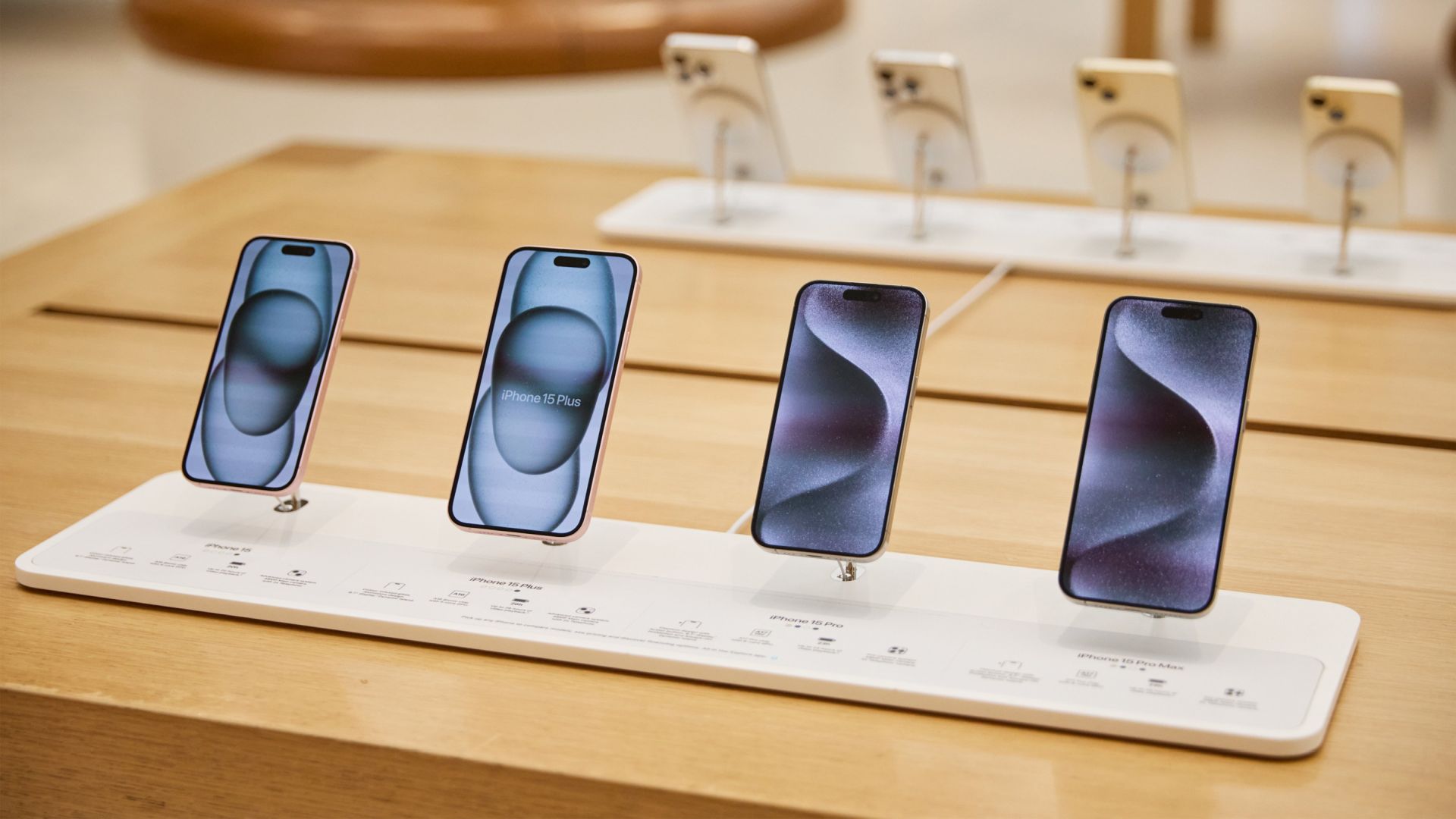
If Apple sticks to its own tried and tested pattern we can expect it to announce the new iPhone 16 and iPhone 16 Pro handsets later this year and we've been hearing rumors about them since before the iPhone 15 and iPhone 15 Pro went on sale last year. One of those rumors centered on talk of a new Capture button being added to the mix, and it's the buttons that are once again causing headlines.
That's because, according to a new supply chain report, Apple is set to change the way buttons work on the upcoming iPhones. There were rumors last year that the iPhone 15 would ditch its clicky buttons in favor of new capacitive ones that would react to being touched. The prospect immediately reminds me of the iPhone 7's Home button, not to mention the MacBook Air and MacBook Pro's non-moving trackpads. Ultimately, Apple decided to stick with its clicky buttons for the current wave of iPhones, but it's thought it may revisit capacitive buttons with its 2024 iPhone refresh.
That's based on information that Advanced Semiconductor Engineering, or ASE, has picked up an order to produce the components required to make capacitive buttons work with Apple's Taptic Engine vibration motors — the motors that would simulate a click when a capacitive button is pressed.
Multiple button changes
According to an Economic Daily News report, ASE has been lined up to produce the system-in-package modules required to bring capacitive buttons to the iPhone family.
"ASE Investment Holdings has won another new order from Apple, exclusively winning a large capacitive button system-level package (SiP) module designed by Apple this year and used on both sides of the new iPhone 16 series to replace the existing physical buttons," the report explains. "Based on the company's calculation of Apple's new phone shipments reaching hundreds of millions per year, it is expected that the stocking volume of capacitive buttons will be staggering, and it will be a new order, which will be a big boost to ASE Investment and Control's operations."
The report goes on to suggest that Apple intends to remove the physical power and volume buttons from the iPhone, although there is no mention of the Action button nor the oft-rumored Capture button. That button is expected to sit flush with the side of the iPhone which would make it perfectly suited to a capacitive component, but reports have previously suggested that will not be the case.
"It is reported that Apple is going to remove the physical buttons such as the volume button and power button that have been used in the iPhone for many years," the EDN report says. "At least two system-in-package modules are needed to integrate related components such as capacitive buttons and Taptic Engine motors. Related system-in-package modules All major orders were exclusively won by ASE Investment Holdings."
It's of course important to remember that Apple's plans can and often do change, but if the company is at the point of agreeing deals with component suppliers this now seems more likely to happen than not.
Apple is expected to announce the new iPhones in September before making them available to the public around 10 days later. The new phones will be joined by refreshed Apple Watches, likely including an Apple Watch X and a refreshed Apple Watch Ultra. It remains to be seen whether the capacitive button technology will make the jump to Apple's wearables as well.







